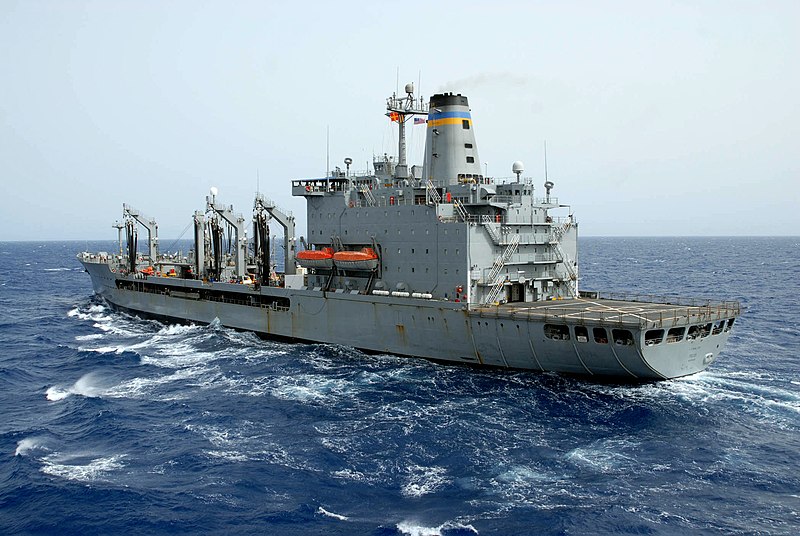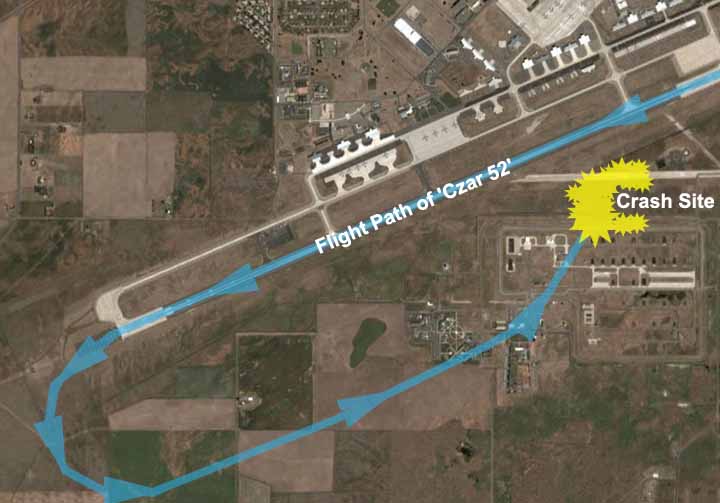The NTSB launched a major investigation, which is still ongoing. The NTSB's public docket of this investigation contains over 100 items, including a report submitted by Colgan earlier this month. That report identifies the probable cause of the accident as the flight crew’s loss of situational awareness and failure to follow Colgan Air training and procedures, which led to a loss of control of the aircraft.
According to Colgan, contributing to the accident was the flight crew’s failure to follow Colgan Air procedures and training, and the lack of adequate warning systems in the aircraft.
The investigation is not yet completed, and the final NTSB report may or may not reflect the analysis or conclusions of the Colgan report. AirSafeNews.com encourages you to review the Colgan report, and other items in the public docket, as well as following information from the NTSB and AirSafe.com.
Below are two videos. The first is an NTSB recreation of the final few minutes of flight, based on data from both the cockpit voice recorder and flight data recorder. The second is the initial report of this event created by AirSafe.com.
Colgan Air Crash Animation (no audio)
AirSafe.com's Initial Report on this Accident
Audio: MP3 | Video: iPod/MP4 | WMV | Google Video | YouTube
Resources
Additional accident details
Colgan Air Submission to the NTSB
Other NTSB public docket documents
Other AirSafe.com Videos
Fatal Continental plane crashes
Fatal Dash 8 plane crashes














